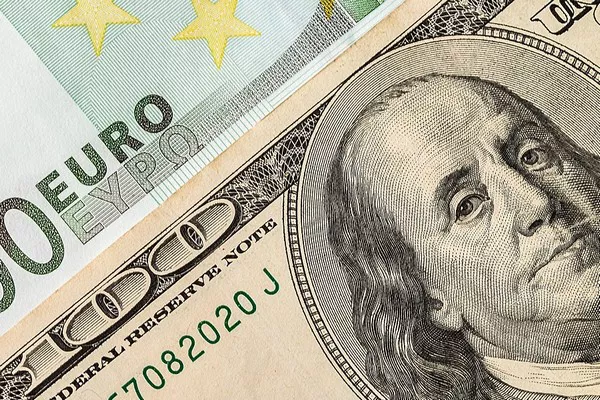The 2 dollar bill is a fascinating piece of American currency, and the 1976 series is no exception. Despite being relatively common, many people are curious about its worth. In this article, we will explore the value of a 2 dollar bill from 1976 and provide some historical context to help you understand its significance.
The History of the 2 Dollar Bill
The 2 dollar bill has a long and interesting history in the United States. It was first introduced in 1862 as a legal tender note, meaning that it could be used to pay debts and taxes. At the time, it was one of only three denominations of paper currency being circulated by the federal government, alongside the $1 and $5 bills.
Over the years, the design of the 2 dollar bill has gone through numerous changes. One of the most iconic versions is the 1976 series, which was created to commemorate the bicentennial of the United States. These bills feature a red seal and serial number, as well as an image of Thomas Jefferson on the front and the signing of the Declaration of Independence on the back.
How Much Is a 2 Dollar Bill Worth from 1976?
So, how much is a 2 dollar bill from 1976 worth today? The answer depends on a few factors. Firstly, it’s important to note that these bills are still considered legal tender, meaning that they can be used to buy goods and services just like any other US currency. However, their value as a collectible item may be significantly higher than their face value.
If you have a 2 dollar bill from 1976 in good condition with no signs of wear and tear, it could be worth anywhere from $5 to $50 or more depending on its rarity and demand among collectors. Bills with serial numbers that are in sequence or have repeating digits tend to be more valuable, as do bills with particularly low or high serial numbers.
Another factor to consider is the grade of the bill. The condition of a bill can have a significant impact on its value, with bills in uncirculated or near-uncirculated condition being the most valuable. If your 2 dollar bill has any creases, folds, or other damage, its value as a collectible item may be lower than one in pristine condition.
It’s also worth noting that the demand for 2 dollar bills from 1976 may vary depending on the location and demographics of potential buyers. For example, bills with a series number that corresponds to a particular state (such as “NY” for New York or “TX” for Texas) may be more appealing to collectors from those regions.
Factors That Can Affect the Value of a 2 Dollar Bill from 1976
Beyond the factors mentioned above, there are several other things that can affect the value of a 2 dollar bill from 1976. Here are some key considerations to keep in mind:
Age: While the 1976 series was created to commemorate the bicentennial of the US, it’s not actually the oldest 2 dollar bill out there. Bills from earlier years (especially rare or obscure ones) may be even more valuable.
Rarity: As with any collectible item, rarity plays a big role in determining value. Bills with unique or unusual features (such as printing errors or misprints) may be especially sought after by collectors.
Demand: Ultimately, the value of a 2 dollar bill from 1976 (or any other year) comes down to how much people are willing to pay for it. Keep an eye on trends in the collector’s market to get a sense of how much demand there is for these bills.
Final Thoughts
In conclusion, a 2 dollar bill from 1976 is worth at least $2 as legal tender, but its value as a collectible item may vary depending on a range of factors. Bills in good condition with unique serial numbers and other rare features tend to be the most valuable, but ultimately, it’s up to the market to determine how much they’re worth. Whether you’re a serious collector or just curious about the history of American currency, a 2 dollar bill from 1976 is a fascinating piece of US monetary history.


